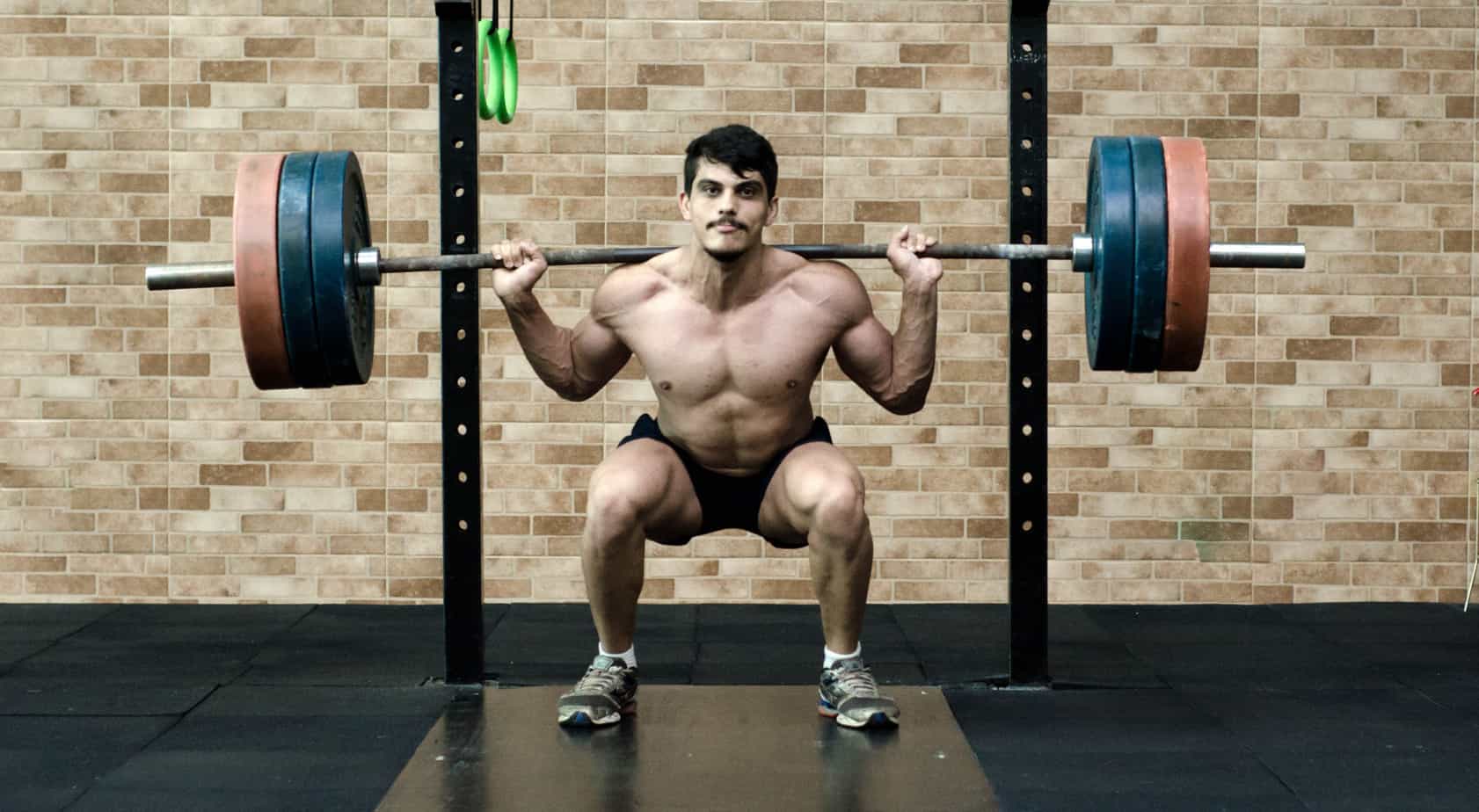Contents
- Background & Objective
- What They Did
- What They Found
- Practical Takeaways
- Reviewer’s Comments
- About the Reviewer
- Comments

Original study
Morehen, J. C., Clarke, J., Batsford, J., Highton, J., Erskine, R. M., Morton, J. P., & Close, G. L. (2019). Development of anthropometric characteristics in professional Rugby League players: Is there too much emphasis on the pre-season period?. European Journal of Sport Science, 1-10.
Click here for abstract
Background & Objective
The pre-season period is the optimum time to increase training volume to make meaningful changes to body composition for athletes. Despite this importance, there is currently no data quantifying the changes in body composition over this period in both academy and senior rugby league players. Such data may help youth players from gaining mass too quickly and in senior players, if meaningful changes aren’t made, time may be better spent developing other key areas of the sport.
Hence, the aim of this study was to: 1) track the changes in body composition during three consecutive pre-season periods in elite academy players, and 2) assess body composition in elite senior players at the beginning and end of a single pre-season period.
What They Did
Eleven male rugby league academy players (aged 18 ± 1 years) and ninety-three male first-team senior professional players (aged 25 ± 6 years) had whole body DEXA scans to assess total mass, total body lean soft tissue mass, fat mass, and body fat percentage. Players were also weighed and height measured.
Senior players were split into positional groups: fullback and winger, centre, halfback, hooker, prop, back -row.
What They Found
Academy players
- Trivial change in height from start of year 1 to end of year 3 pre-season.
- Trivial change in total mass from start to the end of pre-season in either year 1, 2, or 3.
- Collectively, this resulted in a small 2.7 % increase in total mass from year 1 to 3.
- Trivial change in lean mass from year 1 to 3, collectively resulting in a small increase of 4.3 %.
- Trivial change in fat mass and body fat percentage from year 1 to 3.
Senior players
- Trivial changes in total mass, lean mass, fat mass, and body fat percentage from the start of pre-season to the end of pre-season in all players and all positional groups.
Practical Takeaways
With little change in body composition seen in senior players, perhaps time could be better spent on other aspects of the sport to improve playing ability. For example, resistance training could be scheduled 4 times per week. Two days could be “low” stress days where simple hypertrophy work is performed compared to strength/power work on the other two days. One or both “lower” stress gym sessions could be replaced with contact skills, ball skills, or top-up conditioning.
Day 1: Contact/wrestle skills (e.g. underhook fighting, clamping, approach to tackle).
Day 2: Lower-body strength/ power.
Day 3: Hypertrophy work for smaller players, top-up of aerobic conditioning for others + ball skills.
Day 4: Upper-body strength/power.
This way, extra time is spent on important facets of the game, allowing athletes to work more closely with sport coaches, building a stronger relationship between the S&C and sporting programs.
Reviewer’s Comments
“The S&C profession is slowly moving away from the idea that lifting is the answer to improving all physical capacities outside the gym. Sure, performing some strength/hypertrophy/power work has its importance, however, heavier emphasis on technical/ tactical and in turn, speed of play, will likely always trump the ones primarily focusing on getting stronger and bigger at the expense of time spent training their sport.
In doing so, we allow ourselves to collaborate to a greater extent with sport coaches and move away from the idea that the S&C coach does their thing and the sport coach does theirs. Rather, it’s a joint effort to get the most quality out of each session without hindering the following days’ practice.”
Want to learn more?



